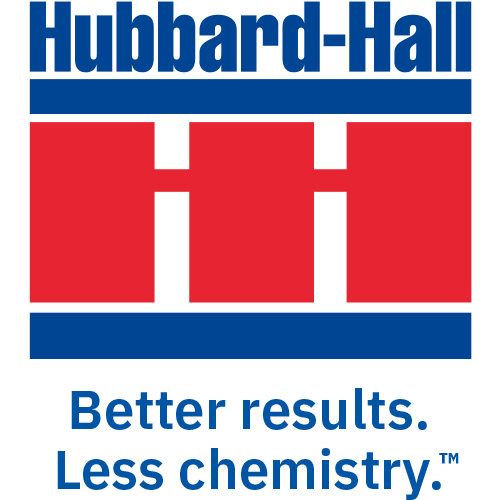Tackling Hazy Water Hassles With Absolute Clarity
When it comes to cloudy wastewater, there are any number of reasons you can find yourself in a fog. From residual emulsified oil and surfactants to overdosing on polymers and coagulants, Hubbard-Hall’s wastewater treatment technical team can help you diagnose and treat the problem. What are some of the reasons for the cloudy wastewater?
-
- Residual Emulsified Oil
When water contains emulsified oil, the oil can carry over if it isn’t tied up to the coagulant you are using. A proprietary coagulant that has a calcium, magnesium or iron component can help break the interface of the emulsion thus clearing up the water. - Residual Surfactants
Hazy effluent may be caused by residual surfactants that potentially show up when it reaches a cloud point or interacts with other waste rinses. Choose the best coagulant based in iron or organic components to the formulation. The following would be a good starting point:
- Residual Emulsified Oil
-
-
- Over Dosing on the Coagulant
The use of a coagulant to solve a hazy condition in wastewater should be used at the dose to solve the worst condition. Too much organic components can also lead to haziness. When jar testing, it is recommended to bracket the high and low dose to find the best results that take care of the haziness. - Over Dosing on an Emulsion-Based Polymer
Polymers are typically added as a 0.1% dilution made up in a day tank prior to use. This diluted polymer is added at 5-10 ppm depending on the solids you are trying to mass together. If the flow rate goes down but the polymer dose stays up this condition can result in over dosing of the polymer. The polymer addition should be tied into the flow rate – proportionally. If this occurs cut the dosing back on the polymer. - Adding the Wrong Polymer
Polymers are characterized by their iconicity, charge density and molecular weight. Jar testing can determine the best polymer to use for your solids. If the polymer is not effective, you may be using the wrong polymer. Changing the dosage doesn’t solve the problem either; the polymer can also lead to haziness but will not be solved by cutting back on the dosing.
- Over Dosing on the Coagulant
-
Need help choosing the right wastewater treatment product? Contact an expert.








Leave a Reply